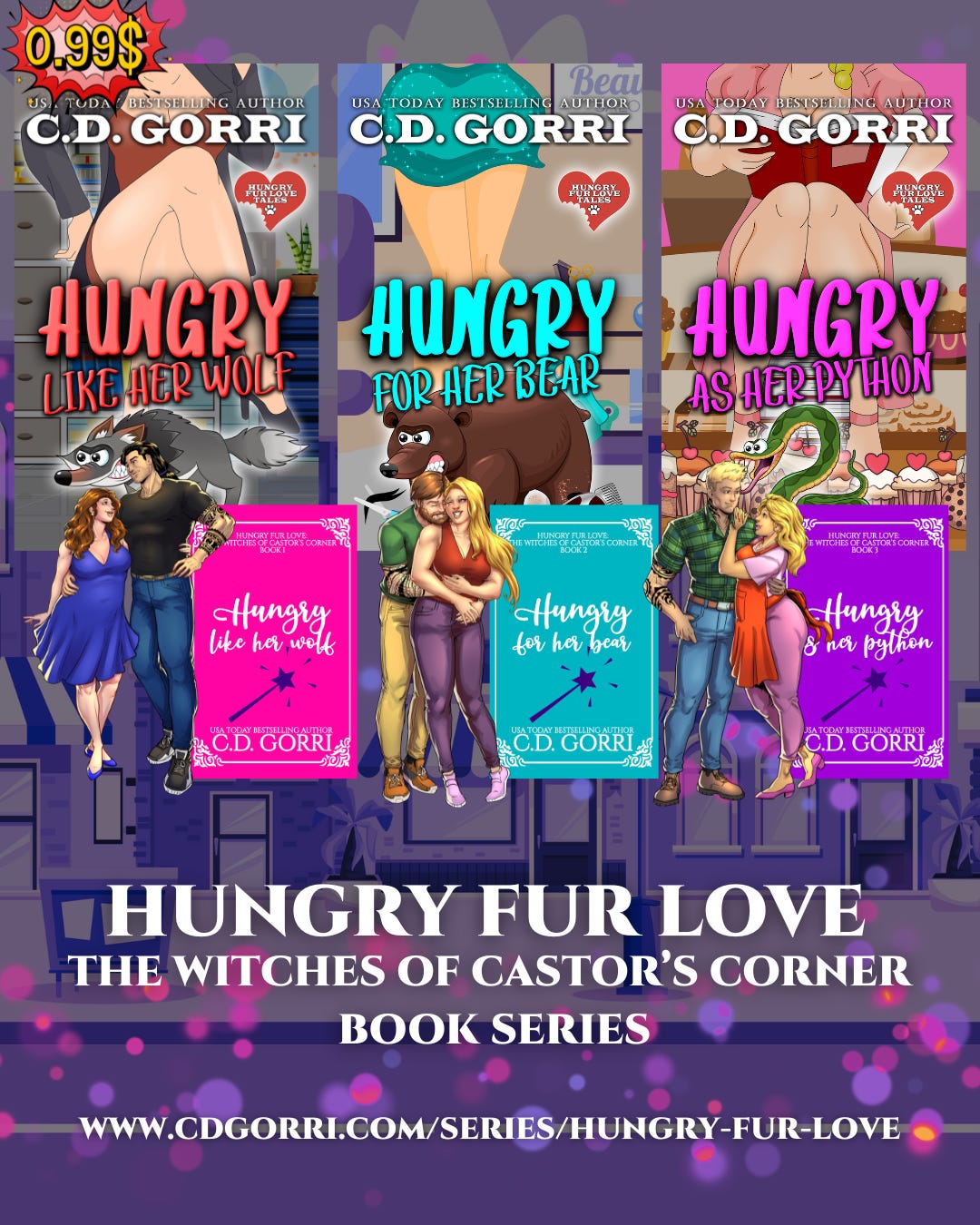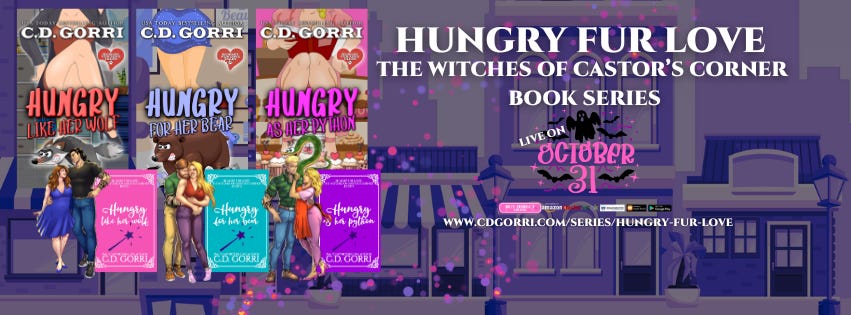🎨 Behind the Scenes: Indie Author Life & Book Covers
Let's debunk some BS floating around...
Illustrated ≠ AI — and It’s Definitely Not Cheaper
Let’s talk about a myth that’s been making the rounds lately in indie author spaces — one that needs to be laid to rest once and for all.
Somewhere along the line, illustrated covers got lumped in with AI-generated art. And now, there’s this wild idea floating around that illustrated covers are cheaper, faster, and somehow “less work” than photo-based designs.
Spoiler alert: they’re not.
As someone who’s been in this game a while (and has personally commissioned illustrated, photo-composite, and hybrid covers), I can tell you — good cover art is an investment, no matter the style.
🎨 Real Illustration = Real Artists
Illustrated covers are created by human artists. That means sketches, revisions, shading, color work, and hours (sometimes weeks) of hands-on digital painting or drawing.
A quality illustrated cover requires:
Concept design (translating the author’s characters and world into visual form)
Rough sketches and composition (balancing lighting, mood, and emotion)
Linework and coloring (each stroke placed by a human hand)
Final polish and typography integration (so the design fits the market)
These artists train for years to master anatomy, light, and storytelling through imagery — and they deserve every penny they charge.
When you see an illustrated cover that’s expressive, vivid, and perfectly tuned to a book’s tone, you’re seeing hours of dedication and love, not a button click.
📸 Photo Covers: A Different Kind of Art Form
Not all book covers are illustrated — and that’s okay! Many authors and designers create photo-based covers that are just as creative and labor-intensive.
Here’s how it works:
Stock photos are licensed for commercial use from sites like DepositPhotos, Adobe Stock, or Shutterstock. Every license comes with its own fine print — usage limits, exclusivity, and modification rights that authors must respect.
Exclusive single-use photography is where an author or designer purchases a one-time-use image directly from a photographer or model. That gives the cover a completely unique look — and yes, that exclusivity costs more.
Hiring a cover designer means you’re paying for much more than Photoshop skills. You’re investing in a professional’s eye for genre trends, composition, lighting, typography, and reader psychology.
Photo-based covers are not “easier” or “cheaper.” They’re simply a different art form — one that blends photography, digital manipulation, and graphic design to create something visually powerful and emotionally resonant.
💻 My Journey Into Cover Design
When I first started publishing, I quickly realized that cover art is both the first impression and one of the biggest ongoing expenses for indie authors.
I love art. I love technology. And I’ll admit it — I love to tinker with both.
As I was learning the ropes of publishing, I started experimenting with the same professional design software the cover artists used — partly out of curiosity, partly because I wanted to understand the process, and partly because, well… I might be a bit of a control freak. 😅
With so many stories, shifting cover trends, and evolving reader expectations, it made sense to invest the time to learn how to do it myself. Over the years, I’ve designed everything from romantic suspense to paranormal romcom covers, using a mix of licensed stock images, artist commissions, and my own compositing work.
It’s not faster. It’s not cheaper. But it is incredibly rewarding to bring the vision in my head to life, exactly the way I see it.
🐾 A Real Example: Hungry Fur Love
Take my Hungry Fur Love series (relaunching wide this Friday!).
To make these covers and the interior chapter headings, I used a composite of licensed stock images I purchased and commissioned art from real artists. Every element was chosen to fit the tone of the series: playful, witchy, and romantic with a hint of chaos.
The results might not be for everyone. And that’s okay. Art is subjective, and trends change.
I followed PNR romcom cover trends for this relaunch and I’m happy with how they turned out. Will I change them in the future? Maybe. I don’t know.
That’s part of the indie journey. We grow, we evolve, and sometimes our brand evolves right along with us.
What matters is that each cover feels authentic to the story inside.
🤖 But What About AI Art?
AI art isn’t “illustration.” It’s image generation.
Models trained on scraped data from human artists (often without consent) remix existing work into something new and legally murky.
Make no mistake AI-generated covers aren’t illustrated covers. And anyone saying they are either doesn’t know the difference or doesn’t want you to.
💰 The Cost Myth
The idea that illustrated or photo-based covers are “cheap” couldn’t be further from the truth.
Here’s what you’re really paying for when you hire a professional:
Original character likenesses and scene composition
Commercial usage rights and licenses
Revision rounds and collaborative communication
Professional design software and years of skill
Good art costs money because good art sells books. And the best artists are usually booked months ahead.
💬 Final Thoughts
Whether it’s painted, photographed, or composited, cover art is art.
It’s time, skill, and heart poured into something that represents the soul of a story before a single word is read.
When you buy, commission, or admire a cover, you’re supporting an artist, a designer, and the creative industry that helps bring books to life.
Take it from me, not everyone will love what you write, or the covers you design or commission. And that’s okay.
Your job isn’t to make everyone happy.
Your job is to tell your stories, share your vision, and create something true to you.
So give yourself a break when negativity comes knocking on your door. As a matter of fact—don’t answer.
Because at the end of the day, your art, your voice, and your covers are yours.
Wishing you all the best on your authoring journey,
C.D. Gorri



